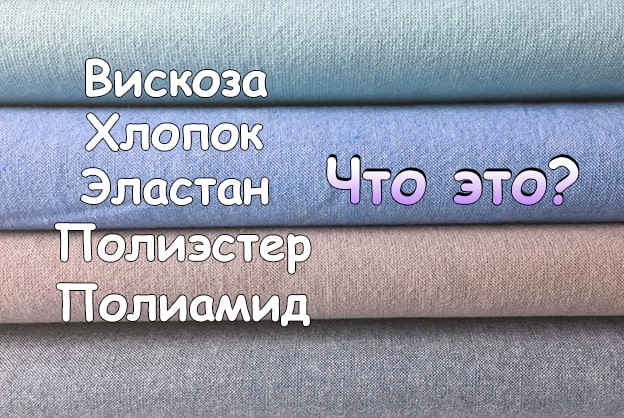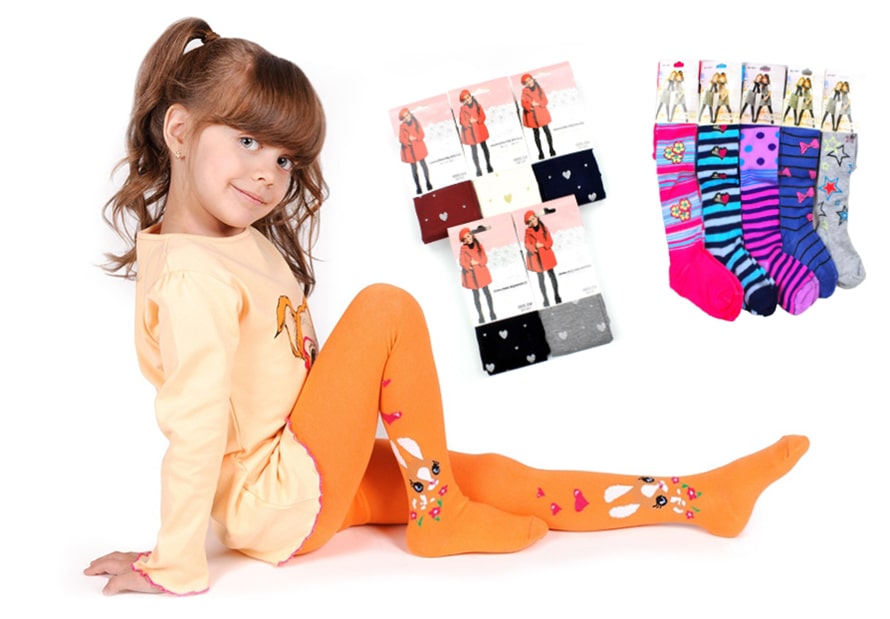Viscose, elastane, cotton – what can be hidden behind the names of materials for children’s clothes?
Modern children’s clothing is made from various fabrics and materials. Manufacturers often choose fabrics that combine features characteristic of several fabrics.
What materials are best to use for sewing children’s clothes? This will be discussed below.

Viscose
Previously called “Spearhead”. Despite the significant content of natural raw materials, it is considered an artificial material. It is made from wood cellulose, which is subjected to special chemical treatment and oxidation process.
Viscose is called artificial silk. It shines beautifully and is very reminiscent of natural canvas. The main advantages include low cost. The production technology is simple and low-cost.
It is easy to paint, retains rich shades, can be worn for a long time, is hygienic: breathable, does not retain moisture, does not accumulate pathogenic bacteria.
Cons: wrinkles, wears out. The conclusion suggests itself: viscose clothing is more suitable for older children than for children who are highly mobile.

Cotton
All natural fiber. Most often used in making home wardrobes. During active activities, doing household chores, on a hike, on the beach, on vacation, cotton items are indispensable.
Cotton products are intended for all age categories of consumers: newborns, preschoolers, teenagers, adults. Sometimes the accompanying information for a product indicates that the product is made of a material that contains more than just cotton. Don’t be alarmed. The presence of other threads adds strength, durability, ability to hold shape to dresses, sweaters, skirts, and hats.
Cotton has heat-protective functions; clothes can be washed well with simple and inexpensive detergents.
Sensitive to sunlight, fades, losing strength.

Elastane
Rubber fiber, a synthetic thread called Lycra or spandex. Included in many fabrics. Lycra provides elasticity and strength
material, protects things from damage, deformation, loss of brightness of colors.
Elastane is afraid of chlorinated water and chlorine-containing bleaches. Do you often resort to whitening? Be aware that this is not for elastane.

Wool
Wool clothes are the best choice for the cold season. The naturalness of the thread guarantees the body warmth, comfort, and coziness even in the most severe winters. Disadvantages: tendency to shrink, stretch, loss of original shape.
Note that many children do not like natural wool because it is prickly and can cause itching. Merino wool, a special breed of sheep, is a pleasant exception. It is soft and silky. Fabric based on this thread is well suited for sewing children’s warm underwear.

Polyamide
Fabric of synthetic high-molecular origin. Serves as one of the components in the production of nylon, nylon, and taslan. Provides the material with strength and wear resistance. It has good hygienic characteristics. Neutral to sea salt and alkalis. Quick-drying, things wash well and don’t wrinkle. Safe for making clothes for babies.
The disadvantages include excessive electrostatic properties. In addition, greasy stains on this fabric cannot be washed off.

Polyester
In recent years it has become popular. It is readily used by manufacturers as a material for sewing clothes for children. How to explain? Lightweight, non-stretchy, washable, cheap, similar in properties to cotton: “breathable”, pleasant to the skin.
Please note that polyester clothing may cause irritation to children with tactile sensitivity. But it’s worth buying things for children made from fabrics containing polyester. They will delight you for a long time with their bright colors and decent appearance.


